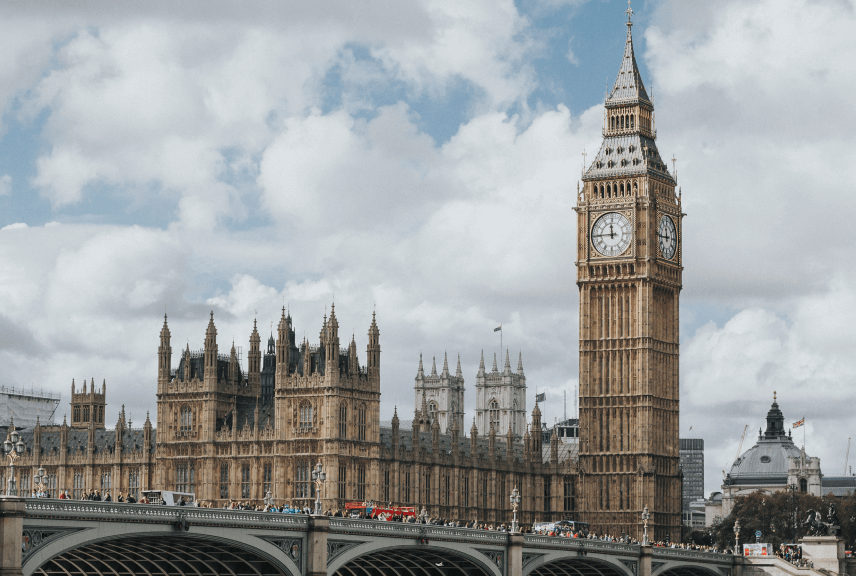Friday, December 6, 2024
The U.S. hotel industry experienced a notable decline in year-over-year performance during the week of 24-30 November 2024, as revealed by the latest data from CoStar Group. This decline is attributed to the Thanksgiving calendar shift, which impacted comparability with the same week in 2023. CoStar, a leading provider of real estate marketplaces and analytics, reported a decrease across key performance metrics, including occupancy, average daily rate (ADR), and revenue per available room (RevPAR).
Key Performance Metrics (24-30 November 2024, Year-Over-Year Comparison)
- Occupancy: 50.0% (-7.7%)
- Average Daily Rate (ADR): US$141.09 (-3.0%)
- Revenue per Available Room (RevPAR): US$70.59 (-10.5%)
The shift in the calendar led to reduced demand, causing a dip in overall occupancy and average daily rates compared to the same period last year. These figures reflect the challenges the hotel industry faces as travel patterns and booking behaviors are influenced by holidays and events.
Top Market Performance
Despite the overall downturn, some markets reported positive growth. Among the Top 25 Markets, Tampa saw the largest year-over-year increase in both occupancy and RevPAR. Occupancy surged by 13.2%, reaching 69.0%, while RevPAR rose by 22.6%, reaching US$106.16. The growth in Tampa can be attributed to a combination of factors, including regional events and an increase in domestic tourism during the Thanksgiving period.
In addition, Oahu posted the highest ADR increase, which saw a lift of 12.8%, bringing the average rate to US$286.39. This rise highlights the continued appeal of premium vacation destinations in the U.S., even during a challenging performance period.
Challenges for Key Markets
However, 19 out of the Top 25 Markets experienced a decline in RevPAR during this period. Las Vegas, a traditionally strong market, reported the steepest drop in RevPAR, with a staggering 56.0% decline, bringing it down to US$86.03. This significant decrease reflects softer demand and fewer large-scale events during the Thanksgiving week, which typically drive higher hotel revenue in the entertainment capital.
Looking Ahead: Recovery and Optimism
While the Thanksgiving calendar shift has caused temporary setbacks, the outlook for the U.S. hotel industry remains cautiously optimistic. As we head into December, the holiday season is expected to bring a boost in demand, with many travelers flocking to both major cities and leisure destinations across the country. Key markets like New York, Orlando, and Los Angeles are anticipated to see an uptick in tourism, potentially offsetting the downturn witnessed during this week.
As the industry continues to adjust to shifting travel patterns, hotel operators are focusing on adapting their strategies to optimize performance and capture emerging travel trends. With the rise of remote work and longer stays, hotels are expected to see continued diversification in guest profiles, which will likely influence revenue generation strategies throughout the winter season.
Conclusion
The U.S. hotel industry faced challenges during the Thanksgiving week, with declines in key performance metrics, largely due to the Thanksgiving calendar shift. While markets like Tampa and Oahu showed strong growth, Las Vegas and several other key markets saw significant downturns. Moving forward, the recovery of hotel performance will depend on seasonal travel dynamics, event scheduling, and the ongoing adjustment to new travel trends.


















